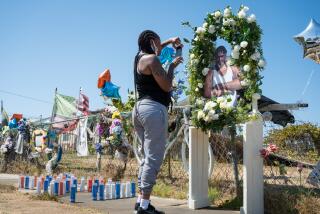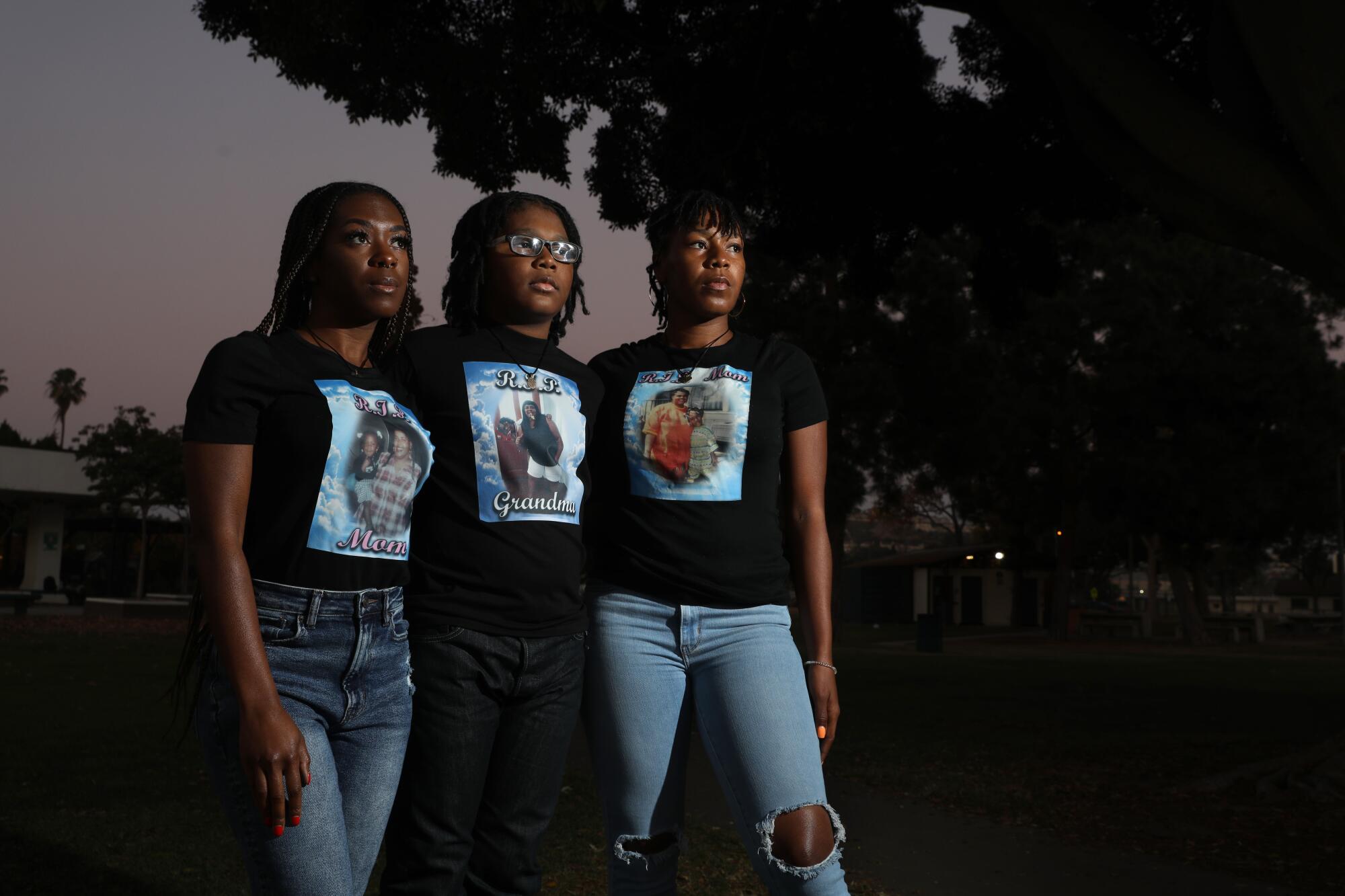
On a night in late June, Carla Walton lighted a candle where a childhood friend had been gunned down the previous day.
Walton didn’t intend to stay long at the sidewalk vigil in Long Beach. She had to be up the next morning to bury another friend — a young mother who’d been shot dead while waiting at a red light in Compton.
Her sadness over the bloodshed had boiled over into anger. Walton called her daughter earlier in the day “just ranting — ranting about gun violence,” her daughter recalled. “She was just going off.”
The violence circling Walton’s life wasn’t finished. A man heckled the mourners at the vigil, provoking a confrontation. He and four people in the crowd pulled out guns and opened fire. Two bullets hit Walton. She died in a hospital later that night.
Amid the COVID-19 pandemic, a rancorous presidential election and social upheaval over police abuses of Black people, Los Angeles endured another crisis in 2020 as killings and other serious violence rose sharply. Homicides rose by 20% in the county, to their highest level in a decade.
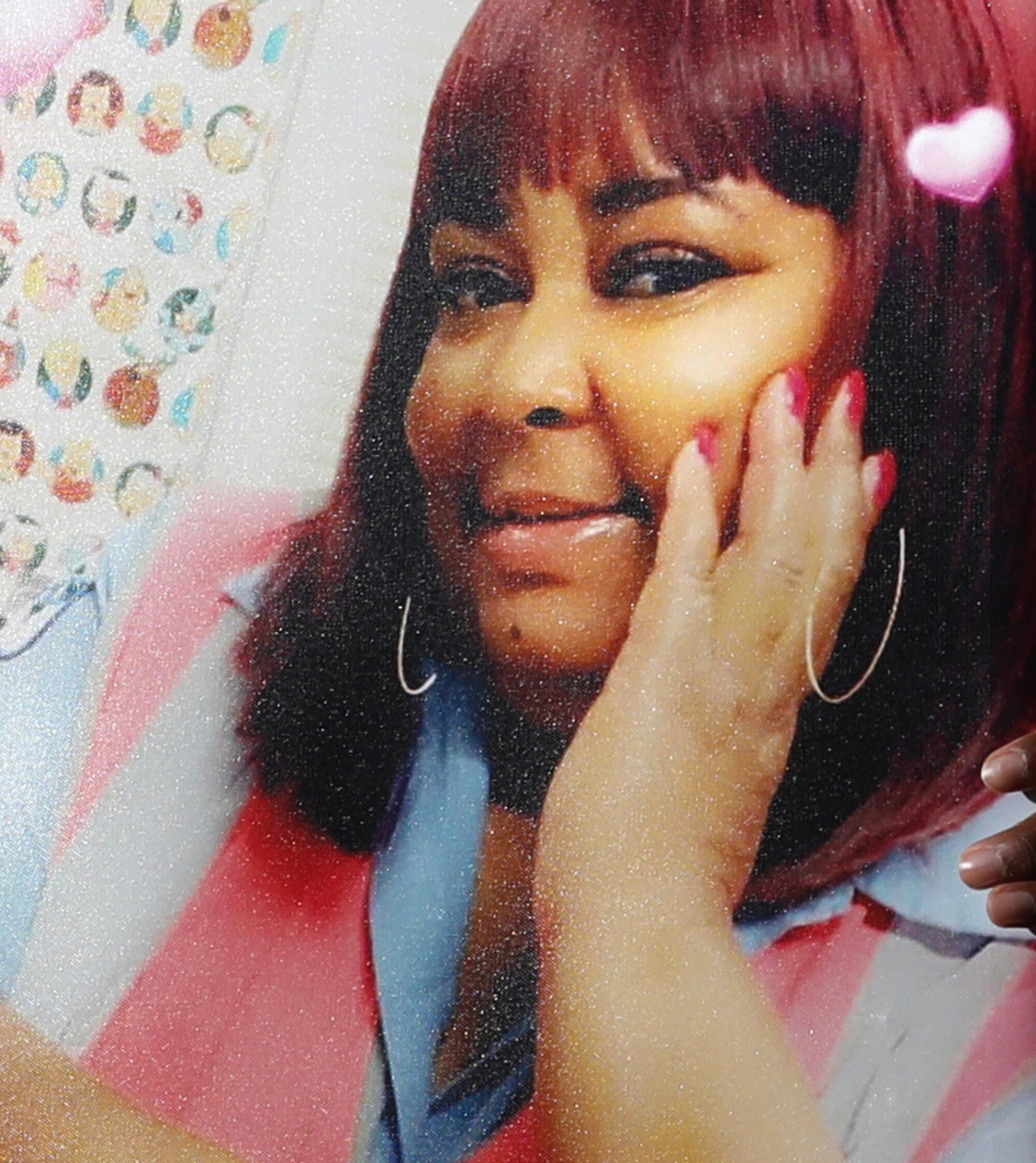
The week Walton died stands out. From June 29 to July 5, 29 people were killed across Los Angeles County — the deadliest week on record since 2008. Nine of the week’s victims died or were found by law enforcement on its first day; at least two people were killed on each day that followed.
In an attempt to understand the year’s violence, The Times examined several of the lives that were lost that week and what they showed about the forces driving the bloodshed.
The victims were as young as 4 and as old as 69. They were shot, stabbed, strangled, burned and thrown out of a car. They died in their homes, their cars, in the street and in jail. A man was shot to death outside a market in an altercation over wearing a mask. Two young girls were killed by their father, who then turned the gun on himself. A homeless man was stabbed in the back by a stranger. A 21-year-old man was gunned down 45 minutes after being released from prison.
They were killed all over the county — in Long Beach, Lancaster, Hawaiian Gardens and Woodland Hills — but most frequently in South L.A. Thirteen of the week’s 29 victims died in the neighborhoods of Westmont, Vermont Square, Watts, Leimert Park, Hyde Park, Willowbrook and Florence.
It was a grim array not unlike those from previous, less bloody years. The difference was simply in the volume of killings.
Law enforcement authorities, victims’ relatives, gang intervention workers and others attuned to the escalating violence say they believe the pandemic has contributed to the rise in killings, but the extent of its effect is unclear. Nerves are on edge. People are out of work. Institutions that might have stemmed the violence — schools, workplaces, community centers — are closed.
Andrea Welsing, who leads the county’s Office of Violence Prevention, said only time and study would show how the pandemic figured into the year’s bloodshed, but it is clear that the crisis has led to more violence as people have become increasingly despondent and cut off from their social touchstones.
“I know there are a lot of factors, but there is a correlation with a lack of social engagement, job loss, isolation,” she said. “There’s a lot more to be understood about the impact of COVID on violence.”
His assailant was waiting for him
The week’s bloodshed began at 1 a.m. June 29, after Eddgar Perez, 32, got into a fight with a man at a car wash in East Los Angeles.
Perez drove off after the scuffle broke up, but his assailant was waiting in a nearby alley, a coroner’s report said. The man pulled his car out suddenly, forcing Perez to a stop. He fired two shots through Perez’s windshield, then walked up to his window and fired twice more.
Perez was one of 24 people killed this year in an area of East Los Angeles patrolled by Los Angeles County sheriff’s deputies. Homicides have risen at nearly all of the department’s 23 patrol stations, but its East Los Angeles outpost, which encompasses unincorporated county land and the cities of Commerce, Cudahy and Maywood, has seen the largest increase. With nine killings last year, the homicide rate jumped more than 2½ times.
As the week’s first day ground on, the killings piled up: An inmate was stabbed in his cell at the federal lockup in downtown Los Angeles. In a smoldering Woodland Hills home, firefighters found a man slumped against a bathroom wall, a dozen stab wounds in his head, neck and back. The man’s girlfriend told police she’d killed him in self-defense; she has been charged with murder. A 30-year-old cashier was shot in the head during the robbery of a 76 gas station in Lancaster.
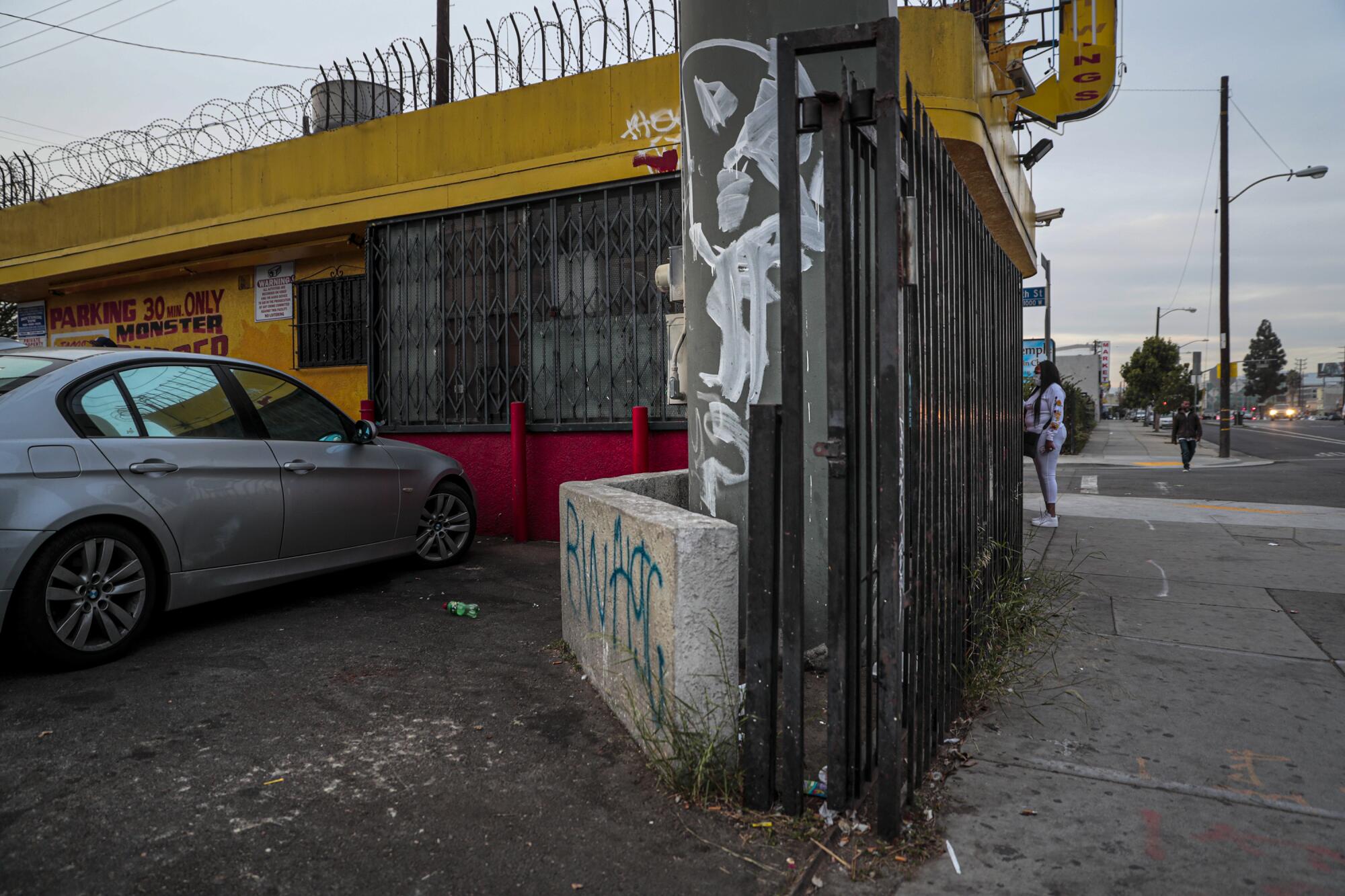
At 8:30 p.m., Lorenzo Hall Jr., 27, was hanging out with friends in the parking lot of a burger stand on the corner of South Vermont Avenue and West 89th Street when a car pulled up and a man stepped out. He was holding a gun. Hall took off running, weaving between cars in an attempt to dodge the gunfire, a coroner’s report said. He was struck in the stomach and collapsed facedown in a planter.
William Lay, 31, was also at the burger stand. Two hours later, Lay was driving down West 106th Street when a car pulled up, blocking his path. A person standing on the sidewalk fired into his silver Infiniti, killing him.
Marc Boisvert, a sheriff’s detective investigating Lay’s killing, says he believes the two incidents are related, but he’s not sure how.
“How did they know he was going to be driving east on 106th Street?” Boisvert asked, puzzled about the shooters.
The attacks had the hallmarks of gang shootings. Gang intervention workers said the pandemic had frustrated their successful work at interrupting cycles of retaliatory shootings that break out between rival gangs. Before the coronavirus forced them to stay away, intervention workers could visit a wounded victim in the hospital to learn which gang had targeted the person and why. Now, hospital visitors are banned.
Kevin “Twin” Orange, an intervention worker, usually tries to visit victims’ families in person — to offer consolation but also to quell tensions and stop spur-of-the-moment reactions.
“If a mother says, ‘I don’t want you to go out and hurt someone in my son’s name,’ that might stop it,” Orange said. “But we can’t do that — nope.”
Other intervention workers are noticing a sense of hopelessness on the streets. A gang member who already doesn’t anticipate living past 21 is weighed down all the more by the virus and the losses and trauma it brings with it.
“There’s anxiety gangbanging where folks just don’t care,” said Ben “Taco” Owens. “And they do things in broad daylight or randomly.”
Daniel Delgado, it appears, was targeted because someone mistook him for a gang member.
‘Whoever did this to my son, he didn’t only kill my son. He killed us.’
— Roberto Delgado, father of homicide victim Daniel Delgado
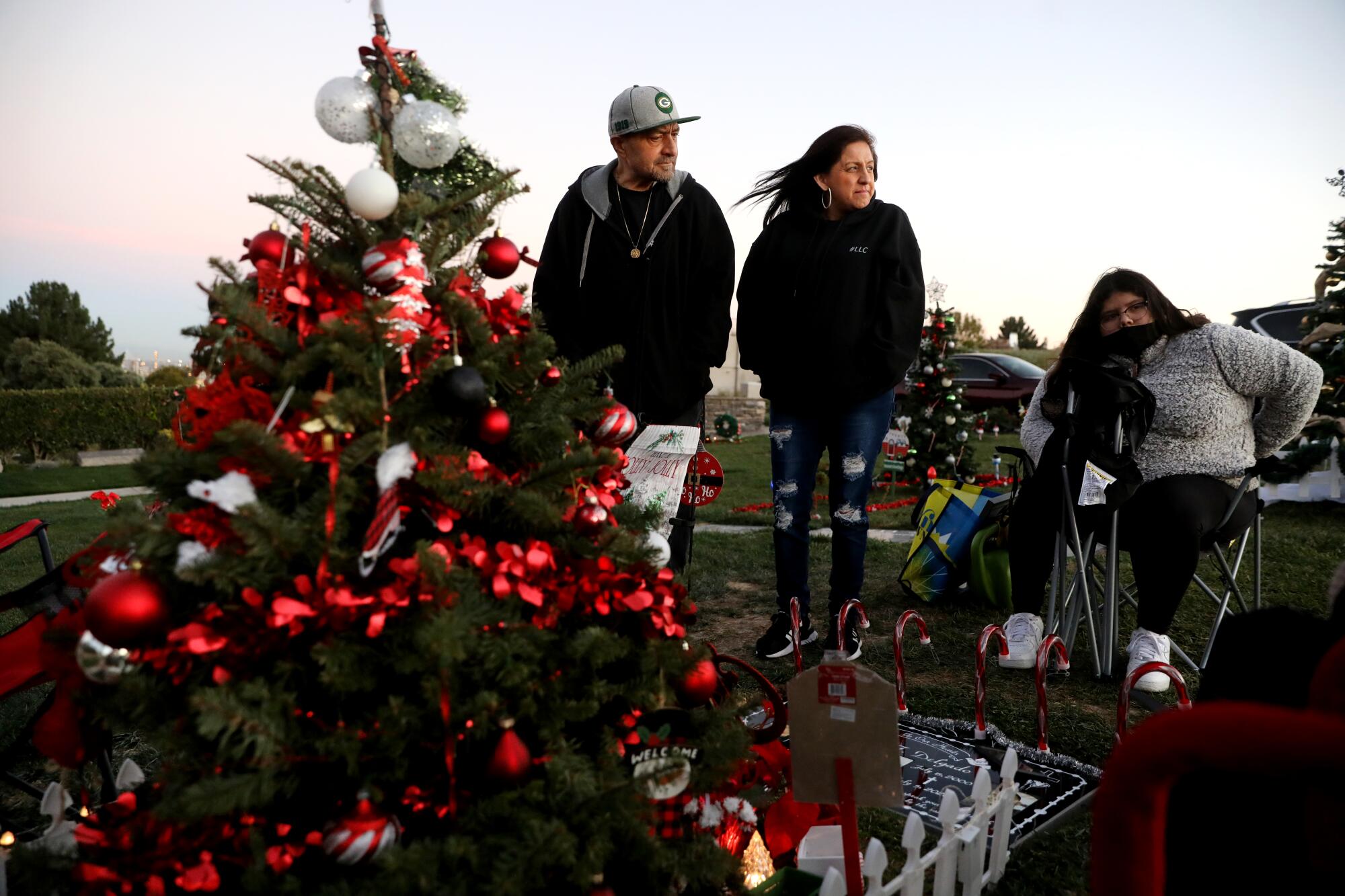
Delgado, 19, was driving a friend home from a Fourth of July gathering when a car began following his burgundy Honda Accord in Wilmington. Delgado turned off Pacific Coast Highway to try to get away, but gunfire erupted from the car. A bullet went through his rear windshield and into the back of his head, a coroner’s report says.
LAPD Officer Jeffrey Tiffin, who is investigating the case, said he believed Delgado was attacked because his car resembled that of a rival gang member.
The killing has devastated Delgado’s tight-knit family. They hold a prayer vigil on the fifth of every month and visit his grave in Ranchos Palos Verdes every day.
“Whoever did this to my son, he didn’t only kill my son,” Roberto Delgado said. “He killed us.”
On the street, but he called his mom every week
Within the soaring numbers of homicides, a disturbing trend stands out: Killings of homeless people are up. This year, 64 people classified as homeless have been killed in the city, compared with 41 last year, a 56% increase, according to the Los Angeles Police Department.
Within the boundaries of LAPD’s Central Bureau, which includes downtown’s skid row area, the number of homeless people killed rose to 39 from 22 last year, according to the department. The Sheriff’s Department says it does not track homicides of homeless people.
Lt. Ryan Rabbett, who oversees the Central Bureau, said most of the killings of homeless people in his bureau had stemmed from disputes — over narcotics, property, a strained relationship, or any number of other flashpoints.
“There’s a society within a society,” Rabbett said. “It could be a bunch of different things.”
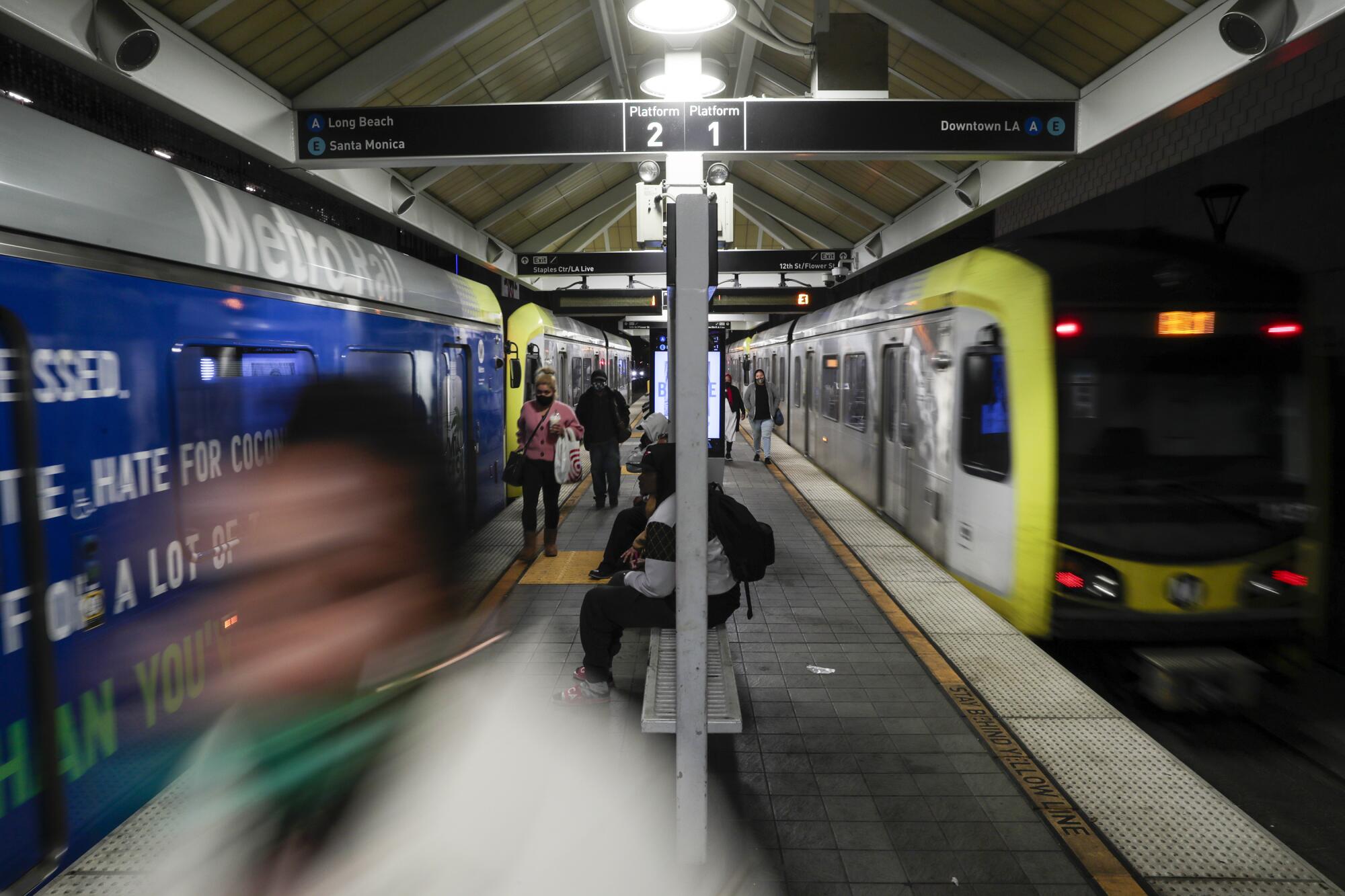
In the early hours of July 2, Brian Stieber, 51, was walking along a Metro Blue Line platform in downtown Los Angeles when he was stabbed in the back with a butcher knife. Rabbett said that the attack was unprovoked and that Stieber didn’t know his alleged attacker, who has been charged with murder.
Both Stieber and the suspect were homeless, Rabbett said. Stieber’s family was shocked by the crime.
“To think he was taken brutally, stabbed in the back; he didn’t even have a chance to defend himself,” said his niece Erica Strunk.
Strunk said she noticed a change in his personality after the Philadelphia native hurt his head in a work accident. Later diagnosed with schizophrenia, he didn’t want to stay in one place for long, she said.
He landed in Los Angeles two years ago, drawn by the weather, but he still called his mother once a week to catch up.
“This took a piece out of my heart,” said his mother, Joan Boharsik.
He ended things for himself, the brother he ‘inherited’
In a year marked by isolation and social ties severed by the pandemic, the deaths of Jay and Jon Osborne stood out.
Jay, a 67-year-old widower with no children, had lost his job as a security guard in March after a drunk driver plowed into his truck and landed him in the hospital for weeks, his cousin Harold Seymour said.
Jon, 65, was diagnosed with autism spectrum disorder, according to Seymour and a coroner’s report. Nine years earlier, after their mother’s death, he had moved into his brother’s modest two-bedroom condominium in Hawaiian Gardens. Jay always resented having “inherited” his brother, who didn’t work and compulsively hoarded unopened CDs, DVDs and flashlights, Seymour said.
Jay struggled to find a new job during the pandemic. He once asked a neighbor for help searching for work on the internet, “as he had forgotten how to use computers,” a coroner’s report said.
It wasn’t the need for money that drove him to find work, Seymour said. More than money, he needed to get out of the house and spend time away from his brother.
With the virus shutting down businesses and keeping people indoors, there was nowhere for him to go. “They were stuck under the same roof,” Seymour said.
A deputy found the bodies on June 29. Jay was slumped on the floor of his bedroom, a snub-nose .357 Magnum in his hand. Before taking his life, he had placed in a trash can the casings from the three rounds he’d fired into his brother’s head.
Investigators learned that, days earlier, Jay had resigned as president of his local homeowners association in an email to other members. He had scribbled instructions on a map of Rose Hills Mortuary. His brother “has a spot by his parents down the way a bit.” He had a plot next to his wife at Forest Lawn, “but I shouldn’t be buried there — I do her shame to God shame people fail.”
“I can’t remember anymore,” he wrote. “I don’t have resources to help my brother Jon.”
Remember her mom for how she lived, daughter says
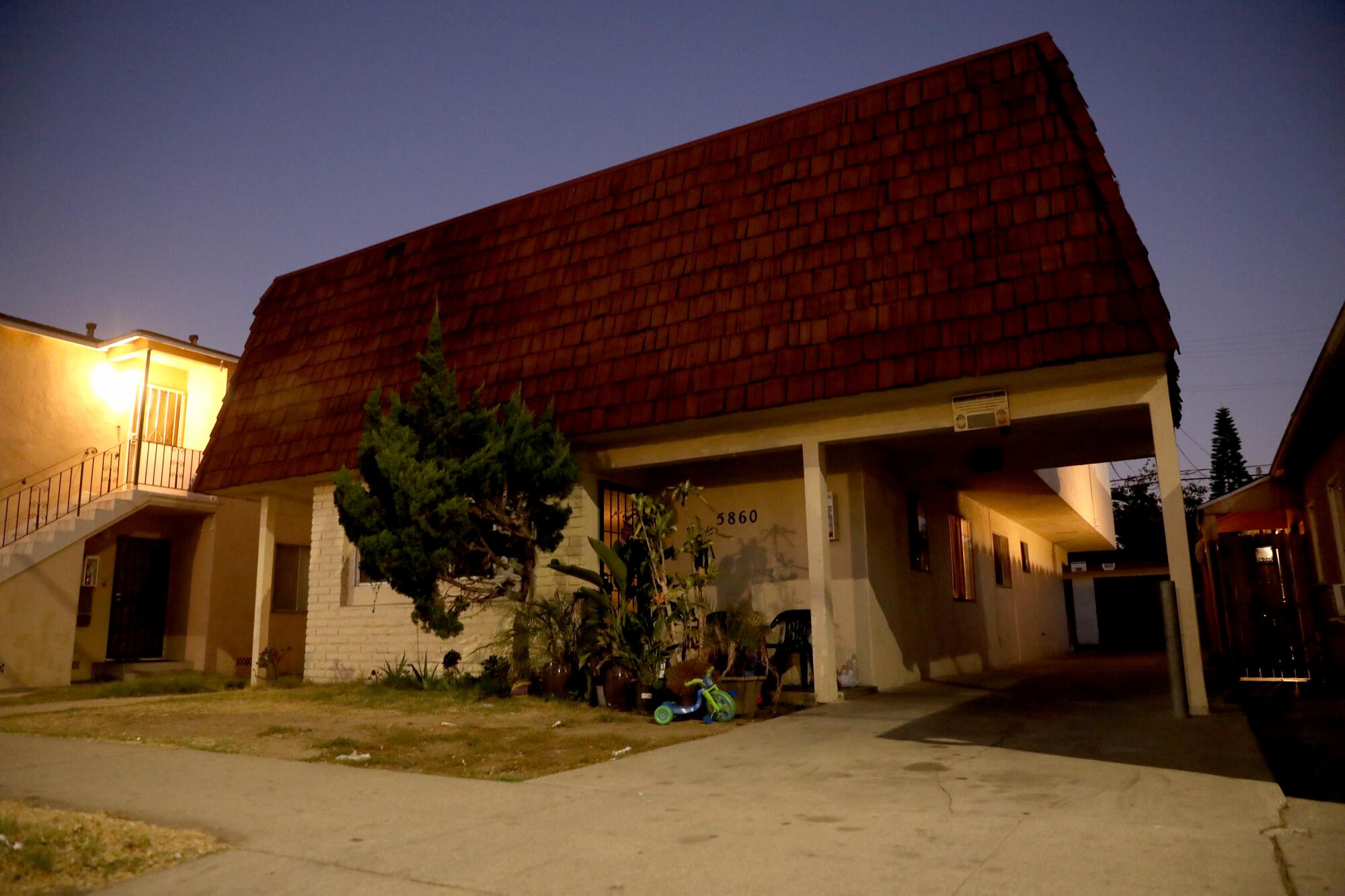
Faneka Williams hates it that her mother, on the last night of her life, was angry.
Carla Walton, 48, wasn’t the type to go through life mad, her daughter said. She was a bus driver who befriended the passengers she steered through Compton and Wilmington for two decades, always wearing her trademark pink safety vest. She doted on an 11-year-old grandson. And she was known throughout Long Beach — the only place she’d ever lived — for the banana puddings and peach cobblers she passed out to homeless people during the holidays, Williams said.
But the killings of two friends in quick succession had taken a toll.
On June 14, Shaylaah Brown, a friend of Walton’s daughter, was stopped at a red light in Compton when a gunman pulled alongside on a motorized bike and opened fire. Brown, 26, was shot in the head. Her 2-year-old daughter in the back seat was unharmed.
On June 28, Archie Harris, whom Walton had known since childhood, was shot in the head after leaving a party for a nearby liquor store.
The next night, a crowd of about 60 people gathered on the sidewalk where Harris had been killed in north Long Beach. Walton planned to light just one candle and leave, her daughter said. Brown’s funeral was the next morning.
But a man emerged from a nearby building and started harassing the mourners, a coroner’s report says. When someone in the crowd shattered the man’s apartment window, he reemerged with a gun. Four people in the crowd pulled out weapons. Detectives would collect 45 bullet casings from the scene.
Caught in the crossfire, Walton was struck and collapsed on the sidewalk, just feet from where her friend had been slain.
Williams rushed to the scene and got as close as she could to her mother. A nurse, she wanted desperately to help her mother, but police kept her back. In the chaos, mother and daughter locked eyes from a few feet away. “She said, ‘I’m not OK. I can’t breathe,’” Williams recalled. “She said that with such certainty.”
Long Beach police have made no arrests in her killing.
Williams sees life differently now. Gone is the belief that violence finds only the violent.
“You think, ‘I live in a city with gang violence, but I’m not a gang member, so I’m OK,’” she said. “It’s not true.”
Times data journalist Iris Lee contributed to this report.
More to Read
Sign up for Essential California
The most important California stories and recommendations in your inbox every morning.
You may occasionally receive promotional content from the Los Angeles Times.


